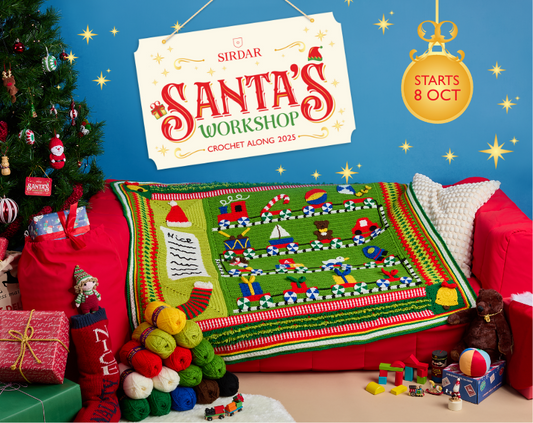I have an interest in fiber, and different fiber combinations. As to what happens when you blend different fibers. So with some research, this is what I have discovered. When I was in college I studied fibers, content, and then the end result for wearing and purposes for the fabric produced by the different combinations. Since cotton would be a sensible choice in Texas or other states in warmer climates, but we all know cotton tends to grow unless it is mercerized or a high quality cotton like a Pima Cotton. Here are some results I have discovered about different combinations.
When cotton is blended with viscose or wool, it significantly alters the knitting or crochet properties of the yarn. Each blend brings different qualities to the table. Here's a comparison:
🧶 Cotton + Viscose Blend
Properties:
- Drape: Viscose adds beautiful fluidity and drape. Great for summer garments and shawls.
- Sheen: Viscose adds a silky, shiny finish.
- Softness: Very soft, smooth hand feel.
- Breathability: Still breathable, good for warm weather.
- Weight & Growth: Heavier than pure cotton and can grow (stretch out) after wearing or washing, especially in larger garments.
- Elasticity: Minimal. Not bouncy—projects may lack structure.
Knitting/Crochet Behavior:
- Crochet: Creates flowing, soft fabric—great for wearables, but not ideal for amigurumi or things that need firmness.
- Knitting: Often slides on needles. Watch your tension—it can stretch and sag over time.
- Blocking: Benefits from light blocking; avoid aggressive methods, as viscose is delicate when wet.
🧶 Cotton + Wool Blend
I love wool blend, as it is very natural and breathes, and it adjusts with your body temperature). My favorite Wool + Cotton Blends is Comfy DK by Plucky Knitter
 Properties:
Properties:
- Warmth: Wool adds warmth and insulation, making the blend more season-versatile.
- Elasticity: More stretch and "memory" (it springs back), unlike 100% cotton.
- Texture: Softer and sometimes loftier than plain cotton, depending on the wool used.
- Durability: Stronger and more flexible than 100% wool or cotton alone.
- Moisture-Wicking: Wool improves moisture control while remaining breathable.
Knitting/Crochet Behavior:
- Crochet: Holds shape better than cotton alone. Good stitch definition with some bounce.
- Knitting: More forgiving on the hands than 100% cotton. Stitches are more even, less prone to splitting.
- Blocking: Easier and more effective, thanks to wool’s response to steam or wet blocking.
Summary
| Blend | Best For | Texture | Stretch | Drape | Notes |
| Cotton + Viscose | Summer tops, shawls | Silky, soft | Low | High | Can grow, needs care in blocking |
| Cotton + Wool | Light sweaters, baby garments | Soft, cushy | Medium-High | Moderate | More forgiving and bouncy |
When cotton is blended with viscose or wool, it significantly alters the knitting or crochet properties of the yarn. Each blend brings different qualities to the table. Here's a comparison:
🧶 Cotton + Acrylic Blend
Properties:
- Softness: Softer than pure cotton—acrylic smooths out cotton’s natural coarseness.
- Lightweight: Acrylic makes the yarn lighter than pure cotton, which can help reduce garment droop.
- Elasticity: Slightly more elastic than 100% cotton but still less than wool. Easier on the hands while knitting or crocheting.
- Durability: Machine-washable, colorfast, and generally quite durable. Good for everyday use.
- Warmth: Slightly warmer than pure cotton due to acrylic's insulating properties.
- Breathability: Less breathable than pure cotton. Not ideal for very hot/humid climates (like Texas summers) next to the skin.
Knitting & Crochet Behavior:
- Knitting: Easier on the hands than 100% cotton. Has more “give,” so tension is easier to control. Acrylic can split more easily, so sharp needles help.
- Crochet: Works well for home goods (dishcloths, blankets) and kids’ items. Slightly more pliable than cotton alone, so stitch definition is softer.
- Blocking: Acrylic doesn’t block well with traditional wet or steam blocking. You can use "killing" (controlled steam flattening) but it’s permanent—so be careful!
Pros and Cons:
| Pros | Cons |
| Affordable | Can feel plasticky in some blends |
| Machine washable | Less breathable—can feel warm/sticky |
| Doesn’t wrinkle easily | Blocking limitations |
| Softer than 100% cotton | Acrylic may pill or fuzz with wear |
I hope you enjoyed reading this as much as I enjoyed doing the research!











